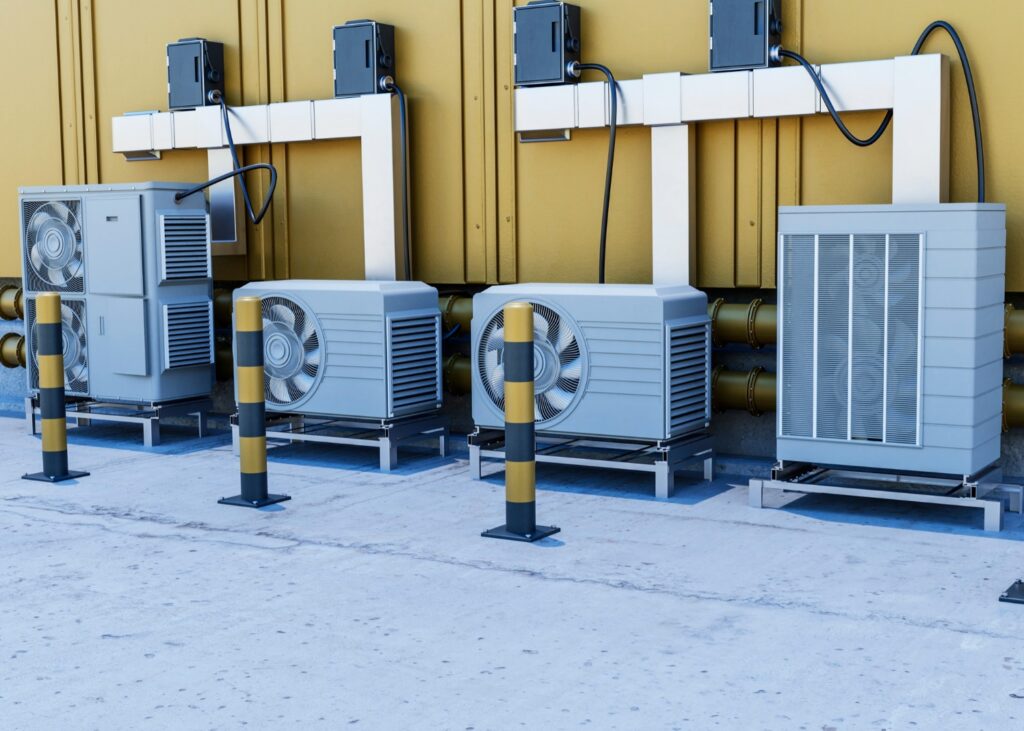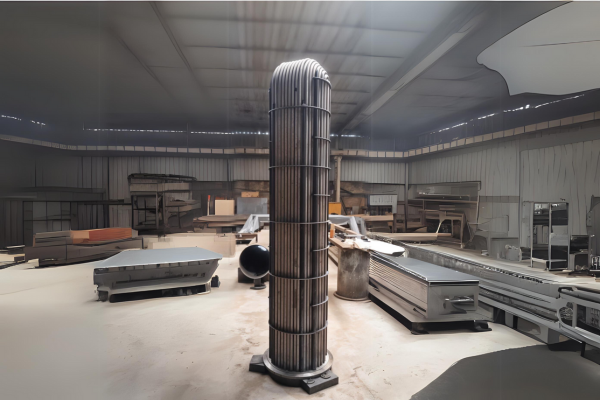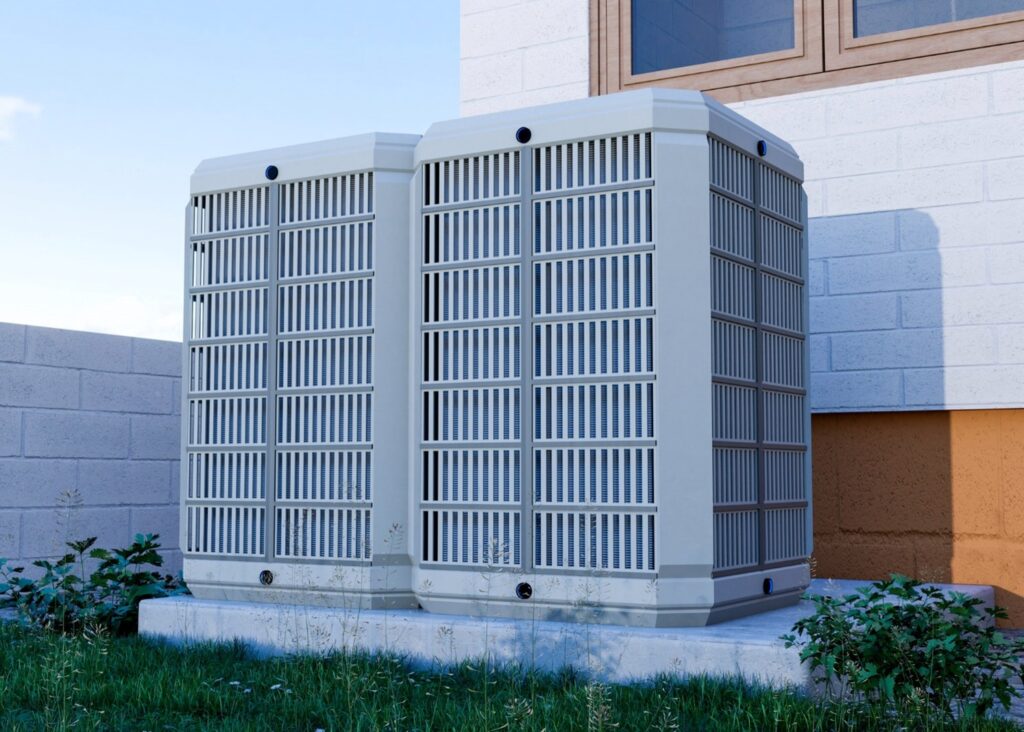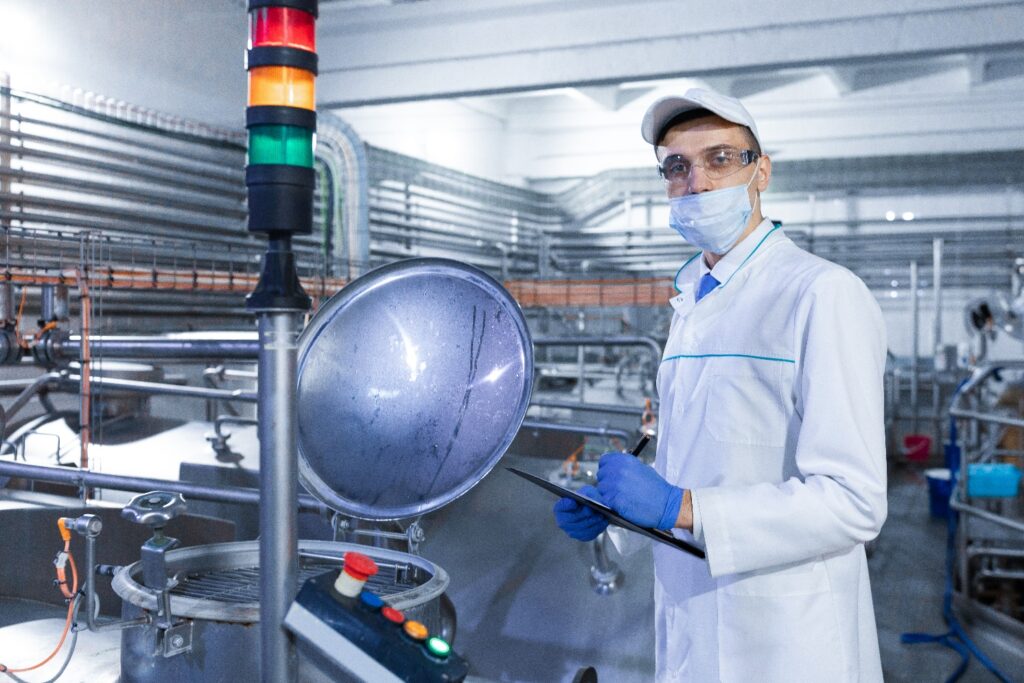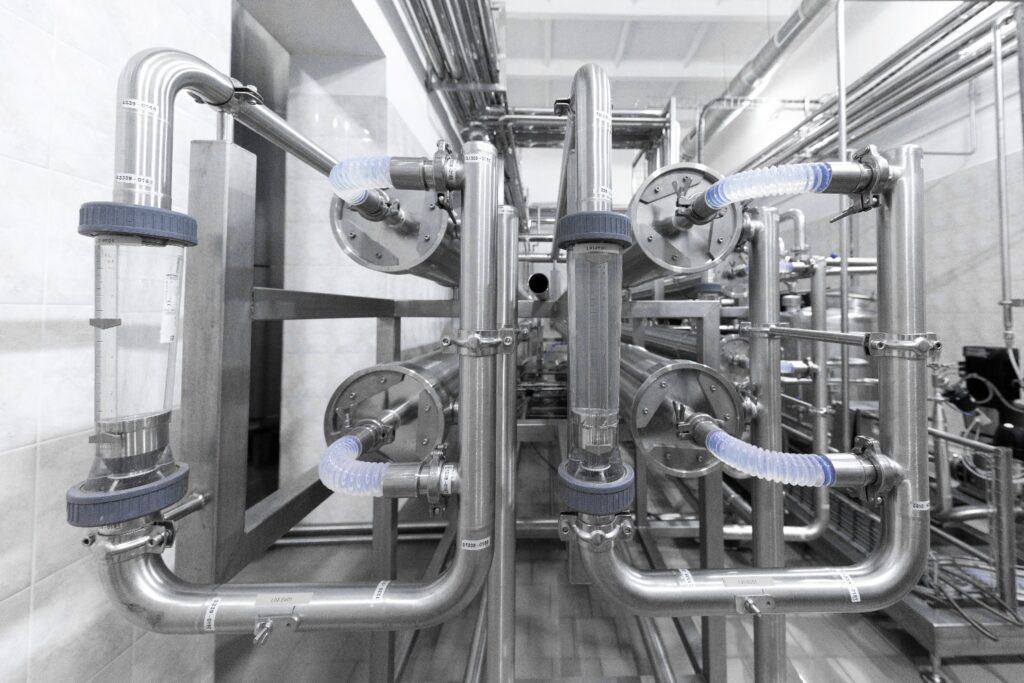In countless industrial processes, from food and beverage production to chemical manufacturing and HVAC systems, the efficient transfer of heat is a critical operation. For decades, the go-to solution was the bulky shell and tube exchanger. Today, however, a more modern, compact, and highly efficient technology dominates the field: the Plate Heat Exchanger (PHE).
This guide will walk you through what PHEs are, how they work, and the significant benefits they bring to modern industries.
What is a Plate Heat Exchanger and How Does It Work?
A Plate Heat Exchanger is a device that transfers heat between two fluids through a series of thin, corrugated metal plates. Think of it like a tightly packed stack of lasagna, where each layer is a metal plate.
Here’s a simple breakdown of its operation:
- A pack of corrugated metal plates is compressed together in a rigid frame.
- Gaskets are placed between the plates to seal the channels and direct the flow of the two fluids.
- The hot fluid flows through the channels on one side of a plate, while the cold fluid flows in the opposite direction on the other side.
- The thin plate acts as a highly efficient barrier, allowing heat to pass from the hot fluid to the cold fluid without the two ever coming into direct contact.
The special corrugated pattern on the plates is key. It creates turbulence in the fluid flow, which dramatically increases the rate of heat transfer, making the entire unit incredibly efficient.
Key Advantages of Using a PHE
Plate heat exchangers offer several distinct advantages over older technologies, making them the preferred choice for many applications.
- Superior Thermal Efficiency: Due to the large surface area and the turbulence created by the plates, PHEs have exceptionally high heat transfer coefficients. This means they can achieve the desired temperature change using less energy and in a shorter amount of time.
- Extremely Compact Size: A PHE can provide the same heat transfer capacity as a shell and tube exchanger that is two to five times larger. This compact footprint saves invaluable floor space in industrial facilities.
- Flexibility and Scalability: The capacity of a PHE can be easily adjusted. You can add or remove plates from the pack to meet changing process requirements, offering a level of flexibility that other designs can’t match.
- Ease of Maintenance: Unlike shell and tube exchangers where the internals are difficult to access, a PHE can be easily opened by undoing the frame bolts. This allows for quick and simple cleaning, inspection, and maintenance of all heat transfer surfaces.
Choosing the Right Partner
The remarkable performance of a PHE is directly linked to the quality of its design, materials, and manufacturing. When looking for a plate heat exchanger manufacturer in India, it’s vital to choose a partner with strong engineering capabilities. Similarly, the best plate heat exchanger suppliers in India will provide robust technical support to ensure the unit is perfectly suited for your application.
This is where SCES Shrao Engineering excels. With a deep focus on precision engineering and creating custom-designed thermal solutions, we ensure every heat exchanger is built to deliver optimal efficiency and long-term reliability.
Investing in a high-quality plate heat exchanger is a direct investment in your plant’s operational efficiency.
Ready to upgrade your heat transfer capabilities? Contact the experts at SCES Shrao Engineering today to discuss your specific needs and get a quote for a custom-engineered solution.

